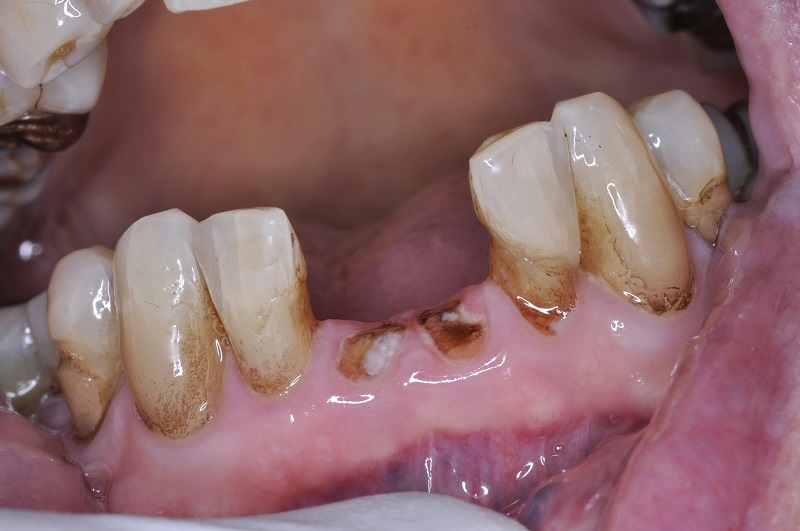Introduction:
When undergoing a dental procedure, complications may sometimes arise, leading to the accidental fracture or breakage of a tooth root during extraction. This situation raises an essential question: does it really matter to remove a dental root piece?
In this blog post, we will explore the implications and considerations associated with leaving a dental root piece behind versus pursuing further treatment to remove it. We will also delve into the potential risks and benefits, helping you make an informed decision about your dental health.
What is a Dental Root Piece?
A dental root piece refers to a fragment of a tooth root that remains in the jawbone after an extraction. These fragments are generally small, but their presence can have consequences for oral health if not properly addressed.
The Importance of Removing a Dental Root Piece:
Leaving a dental root piece behind can lead to various complications that may impact your oral health negatively.
- Infection and Abscess Formation: The tiny spaces around the root piece can become a breeding ground for bacteria, leading to infection and abscess formation. This can result in pain, swelling, and overall discomfort, necessitating further treatment.
- Residual Pain and Discomfort: A retained dental root piece can cause persistent pain and discomfort, affecting your ability to chew, speak, or carry out daily activities.
- Bone Loss: The presence of a dental root piece can interfere with the natural healing process, leading to bone loss around the affected area. Over time, this could weaken the jawbone and affect the stability of neighbouring teeth.
- Cyst Formation: In rare cases, a dental root piece may stimulate the development of a jaw cyst, a fluid-filled sac that can cause further complications if left untreated.
The Benefits of Removing a Dental Root Piece:
Addressing a dental root piece promptly can bring several advantages:
- Preventing Infections: By removing the dental root piece, the risk of infection and subsequent abscess formation can be significantly reduced.
- Alleviating Pain: Extraction of the dental root piece can help relieve any lingering discomfort, restoring normal oral function.
- Preserving Oral Health: Addressing the issue promptly can prevent further complications, maintaining the overall health of your mouth and surrounding tissues.
- Maintaining Bone Integrity: Removing the root piece aids in proper healing and minimizes the risk of bone loss, preserving the structure of the jaw.
Considerations and Treatment Options:
The decision to remove a dental root piece should be made in consultation with your dentist or oral surgeon. Several factors are taken into account when determining the best course of action.
- Size and Location: The size and location of the root piece play a role in deciding whether to monitor or remove it. Smaller fragments in non-critical areas may be observed with regular check-ups, while larger fragments or those in sensitive areas might require immediate removal.
- Symptoms and Complications: The presence of symptoms such as pain, swelling, or signs of infection will likely prompt immediate removal to prevent further issues.
- Overall Oral Health: Your dentist will assess your overall oral health and consider any underlying conditions that could affect the success of the procedure.
- Patient’s Preference: Your input and comfort level with the recommended treatment plan are essential. Make sure to communicate any concerns or questions with your dental professional.
ENDNOTE:
In conclusion, dealing with a dental root piece is not a matter to be taken lightly. The consequences of leaving it untreated can have serious implications for your oral health. To maintain a healthy smile and prevent potential complications, it is crucial to seek professional dental advice and consider prompt removal when necessary. Remember that your dentist or oral surgeon is the best person to guide you through this process, ensuring the best possible outcome for your dental well-being.

